If you read my previous blog, not only are you probably one step closer to earning your law degree, but you now know that “Team Mash-up” (tribbles-creator DAVID GERROLD, artist TY TEMPLETON, and ComicMix head-honcho GLENN HAUMAN) have petitioned the Supreme Court of the United States to review the ongoing infringement lawsuit originally filed against them in 2017 by DR. SEUSS ENTERPRISES (DSE).
For more background on the case, read this update from last month. In short, the judge in the case, Hon. JANIS SAMMARTINO, ruled in 2018 that Oh, the Places You’ll Boldly Go! qualified as fair use and was therefore protected speech under the Copyright Act of 1976…and dismissed all of the infringement complaints from DSE. Not surprisingly, DSE appealed to the Ninth Circuit Court, and a three-judge appellate panel reversed Sammartino’s decision, ruling instead that Boldly was NOT fair use and remanding the reinstated lawsuit back to the lower court for reconsideration.
For the moment, we’re going to skip the whole petition to the Supreme Court part (which I covered yesterday) and focus solely on what is now happening back in Judge Saamartino’s courtroom…virtually, of course, as most California courtrooms are still operating via Zoom calls. Almost as soon as the appeals ruling came down, both the plaintiff and the defendant prepared new motions for Judge Sammartino (a motion is when one party or the other asks a judge to make a ruling), motions that were filed at the beginning of last month. Again, read my update for a deeper dive into what each party is asking the judge to rule on.
When a motion is filed in writing with a judge , the other side has 15 days to respond in writing with an opposition to that motion, usually arguing why the first party is wrong. Then, after the opposition is filed, the first party gets two weeks to file a reply and explain why they are not wrong and the judge should grant their motion.
In fact, this is how ComicMix “won” the lawsuit back in 2018 when they filed a motion for dismissal with Judge Sammatino, asking her to rule that Boldly was fair use and therefore protected from a charge of copyright infringement. After a year and a half of back and forth arguing, she finally agreed and dismissed the case, granting the defendant’s motion. But on appeal, her ruling was reversed, and now the case is back on her desk…only this time with the Ninth Circuit Court of Appeals ruling that Boldly is NOT fair use.
Armed with that shiny new appellate decision, DSE immediately made a motion for summary judgment: skip the trial, Judge, ’cause we obviously just won…and give us our money now. But ComicMix also filed a motion based on their belief that copyright registrations for two of the Dr. Seuss books that they allegedly infringed were never properly filed back in the 1960s and have since expired. If so, that’s a bombshell.
Let’s take a look now at each motion, and how the other side is arguing against it…
GIVE US OUR MONEY NOW…ALL $225,000 OF IT!
Back in the early days of the lawsuit, DSE filed a pre-trial motion for summary judgment that made the impassioned argument that Boldly was straight-up infringement, NOT fair use, and there was no need to waste everyone’s time with a trial. ComicMix’s pre-trial motion for dismissal (that was eventually granted in 2018) was the opposite side of the coin. Now, the reason both parties didn’t want an actual trial is because juries can be annoyingly unpredictable. Better to just have a judge just agree with you early on and give your side a fast win…and save some money on legal fees while you’re at it!
Anyway, as soon as the three appellate judges ruled that Boldly was not fair use and remanded the case back to Judge Sammartino, DSE immediately renewed their motion for summary judgement. Essentially, it basked in the appellate opinion that Boldly was not fair use and therefore concluded that it must therefore be not only infringement but WILLFUL infringement.
Why “willful” infringement…and what does that even mean?
There are three types of damages that can be awarded if someone is found to have infringed on someone else’s copyright:
- actual damages,
- profits from any money the infringer earned as a result of the infringement,
- statutory damages.
Actual damages come from lost sales, lost licensing revenue, or any other provable financial loss directly attributable to the infringement (not including legal fees). In the case of DSE, since Boldly was never published and it’s nearly impossible to prove that they lost any licensing revenue, there’s no significant actual damages. As for profits, as I said, Boldly was never sold, and the original crowd-funding campaign was pulled by Kickstarter after DSE contacted them in late 2016. So no profits to go after either.
That leaves statutory damages, which can be awarded if the plaintiff has a valid copyright registration. And here, the amount awarded per infringement can vary from as little as $200 to as much as $150,000! The question for the judge and/or jury is whether the infringement was “willful” or “innocent” (or indeterminable).
INNOCENT infringement basically happens when someone isn’t aware they are infringing (either because they didn’t realize that the original work carried a copyright or didn’t think they were using enough of the original to constitute infringement or something like that). It’s a hard thing for a defendant to prove, but if they succeed, damages can be reduced by a judge to as little as $200 per infringement. Spoiler alert: ComicMix already admitted that they knew DSE had a copyright and also that they were purposefully making Boldly look similar to three original Seuss books: Oh, the Places You’ll Go!, The Sneetches and Other Stories, and How the Grinch Stole Christmas!
Most infringement damages are awarded at a level between $750 and $30,000 per infringement. The exact amount is usually based on the seriousness of the infringing act as well as the financial worth of the infringer. But if the infringement is found to be WILLFUL, that award can be increased up to an eye-popping $150,000 for each instance!
In order for infringement to be willful, the plaintiff needs to prove that the defendant had both intent to infringe as well as reckless disregard for any copyright that they knew existed. In this, DSE believes it has a slam dunk because, in addition to certain comments made in e-mails (now on record) back when Boldly was first being developed, even the Kickstarter campaign itself said in the “known risks” section:
“there may be some people who believe that this might be in violation of their intellectual property rights. And we may have to spend time and money proving it to people in black robes. And we may even lose that.”
Oy vey.
Now, to their credit, DSE is magnanimously not looking for the full $150,000 maximum per infringement. That would be a whopping $450,000! Instead, they’re willing to settle for half. So at $75,000 for each of the three books infringed, they felt that a $225,000 award of damages would be reasonable.
Um, yeah.
AN INFRINGEMENT LAWSUIT IS NOT A WINNING LOTTERY TICKET!
Let’s look at ComicMix’s opposition argument, which you can read here in its entirety. They had a LOT to say, but essentially it came down to these four things:
- Don’t stop the lawsuit now because we’re still asking for a review of DSE’s copyright registrations (more on that below).
- If two out of three of the works don’t actually have valid registrations, then there’s only one count of infringement, not three.
- We ask the judge to rule that any infringement was NOT willful and was, in fact, innocent and therefore award the minimum statutory damages.
- Send any remaining questions to a jury rather than making a ruling now.
The first two items have to do with ComicMix’s contention that the copyright registrations on Sneetches and Oh, the Places You’ll Go! are not valid, and if true, that’s certainly a game-changer. (Read more about that here.) And as you’ll see from the next section, ComicMix is asking the judge to reach out to the Registrar of Copyrights for a clarification. Ending the lawsuit prior to that clarification would leave a critical question unanswered, so staying the proceedings pending the Registrar’s response would seem reasonable.
But the big moment came with ComicMix’s WTF reaction to the $225,000 figure in DSE’s motion. And to be honest (as you’ll see shortly), I think even DSE realized that they got a little too greedy and stepped in it big time by including such a humungous number. But first, here’s what ComicMix had to say…
DSE’s request for $225,000 in damages shocks the conscience. Boldly was
not published, brought Defendants no sales and no profits, and caused DSE no
actual damages or other losses. “While a plaintiff in a trademark or copyright
infringement suit is entitled to damages that will serve as a deterrent, it is not
entitled to a windfall.” “Courts should ensure that statutory damages awards … ‘bear a plausible relationship to Plaintiff’s actual damages.’” DSE has none.
DSE had argued that part of the reason for the higher figure was to discourage ComicMix from ever doing something like this again…along with also deterring others. But the law doesn’t support that concept, and many previous cases have determined that a more modest “slap on the wrist” (and an injunction against publication of the infringing work) is enough of a deterrent.
Perhaps realizing that they might have screwed up, DSE made a huge concession in their reply to ComicMix’s opposition filing (you can read DSE’s full reply here). They actually agreed to a jury trial! However, before anyone gets too excited, DSE wants everything else determined by the judge beforehand: 1) there WAS infringement, 2) the infringement was WILLFUL, and 3) the damage award should be OVER the minimum:
Finally, DSE agrees that there is authority for a jury trial on damages alone if
statutory damages above the minimum allowed by law are awarded.
That’s pretty major because juries in California (a very liberal state) typically tend to side with the “little guy” against the big, “evil” corporate interest. It’s not true every time, but it’s unlikely that a jury will give DSE anything close to their original number.
But notice that DSE wants the jury to be told first that the infringement is willful, rather than letting them decide that for themselves. ComicMix has a different argument. They contend that they went into this whole venture initially believing (and in fact, STILL believing) that Boldly is fair use. As such, they couldn’t have willfully infringed because they never felt that their efforts were infringement in the first place.
It’s an interesting argument to make, but certainly not a slam dunk. If someone graffitis a statue believing that they are exercising their right to free speech, the law will likely still consider that vandalism. But that person nevertheless has a right to face a jury of their peers and plead their case. Shouldn’t ComicMix also be allowed to let a jury decide if their infringement was willful or innocent?
Okay, let’s move on to ComicMix’s motion…
WE’RE ASKING YOU AGAIN TO CHECK WITH THE REGISTRAR
In their motion (which you can read here), ComicMix renewed a request that they originally made in the early days of the trial (back in 2017) for the judge to ask the Registrar of Copyrights whether or not the registration applications for Sneeches and Oh! were properly filed back in the 1960s. If not, then the registrations for each of those works expired 30 years ago and both books are now in the public domain, (again, read more about it here).
When ComicMix initially made the request to verify the registrations, they pointed out that some required information was left out of the 1960s filings, causing them to be invalid (even thought they were approved at the time). The judge didn’t feel the omissions were intentionally deceptive and believed them to be more of an innocent clerical error, and so she denied their request at the time. But was that her call to make?
Fast forward to 2020, and in a completely separate infringement case brought by a fabric company called Unicolors, an infringement award of $846,000 was reversed by the Ninth Circuit Court of Appeals because the judge had denied a similar request for a copyright registration review. In short, the appellate judges said that such requests are NOT optional and that judges shall reach out to the Registrar of Copyrights for verification.
Well, THAT certainly changes things! So ComicMix is asking once again for Judge Sammartino to consult the Registrar. And if those two books are found not to have valid copyrights, then the ruling that Boldly is not fair use should be reconsidered. And either way, any legal proceedings in the case should be put on hold until the Registrar responds (which should only take a month or so, which isn’t significant for a lawsuit already in its fourth year!).
Not surprisingly, DSE opposed ComicMix’s motion. You can read the full text here, but two main points were made. The first was that the judge already ruled on this matter, and the only way to justify her reconsidering is if there are “Extraordinary Circumstances.” ComicMix says yes, there are…as there is now new law because of the ruling in that Unicolors case from 2020. DSE disagrees. Laws are made by legislatures, not judges. There’s no new law, just some new guidance from the Ninth Circuit…which is not a new law.
Ah, semantics!
DSE also made a second argument with a bit more chutzpah, at least in my opinion. They argue that ComicMix missed their chance to bring this motion and should have done it concurrently with DSE’s appeal, filing something known as a cross-appeal. Oh, dear—I need to explain something again!
Okay, so when Judge Sammartino first dismissed the case in 2018, giving the win to ComicMix, she essentially ended the lawsuit. Forget for a moment that the appeals court reversed that ruling. Once a case ends, it ends. If you want to appeal something, then you have a certain number of days to do so. DSE appealed, of course, because they lost. ComicMix, however, felt there was no need to appeal anything because they’d won. D’uh!
But according to DSE, if ComicMix really wanted to confirm those copyrights, the time to do so was before the deadline to appeal back in 2018. ComicMix never appealed, so the judge’s original ruing is now locked in—at least according to DSE.
ComicMix replied with the legal equivalent of “Are you frickin’ kidding???” It wasn’t quite that outspoken (although it seemed pretty close), and you can read the full text of their reply here. But ComicMix did point out the obvious fact that the deadline to appeal was back in 2018 and the new law (or guidance or opinion or whatever you want to call it) from the Ninth Circuit didn’t happen until a ruling that was made two years later in 2020! Lacking a time machine or a crystal ball, ComicMix would have had no legal basis back in 2018 to cross-appeal.
ComicMix made a whole slew of other legal arguments and justifications, but this blog is already super-long, so let’s bring it on home with the inevitable…
WHAT HAPPENS NEXT…AND WHEN?
Typically, after motions and oppositions and replies are all filed and the judge has a chance to review them, lawyers from both sides come into the courtroom (or have a Zoom call) for a hearing, where the judge asks them hard questions and puts them on the spot. But occasionally, if the filings do a good job explaining everything, the judge will issue an order vacating the hearing (cancelling it) and just rule based on what was submitted in writing. And that exact thing happened last Thursday. So the judge will rule on both motions…soon. We just don’t know when.
Now, the fact that a petition has been filed to the Supreme Court might throw a monkey wrench into everything. There’s a chance that Judge Sammatino will just put all of the proceedings in the case on hold pending an answer from the high court on whether or not they will even take the case. After all, if they do agree to hear the appeal, then it probably doesn’t make much sense for her to issue summary judgment and award damages yet. And if the Supreme Court declines to hear the appeal, then she can always start things back up.
On the other hand, if Judge Sammartino is curious to find out if DSE has valid copyrights, she might decide to make that request now. According to ComicMix, she is required to do so no matter what, so why not get it over with sooner rather than later? Also, the opinion of the Registrar of Copyrights might prove valuable to the nine justices of the Supreme Court if they agree to hear the case.
But really, at this point, it’s anybody’s guess what’ll happen next and when. Both sides made very strong and well-reasoned arguments and count-arguments. If you do bother reading all of those PDF motions I’ve linked to, you’ll likely find yourself in total agreement with whatever you are reading at that moment. And if you read the response or the reply, you’ll then probably find yourself agreeing completely with that filing. This is just one of the many reasons that I am happy NOT to be judge—that and there is waaaaaay too much reading!
All right, folks, that’s all for now. More news (and analysis) as updates happen…

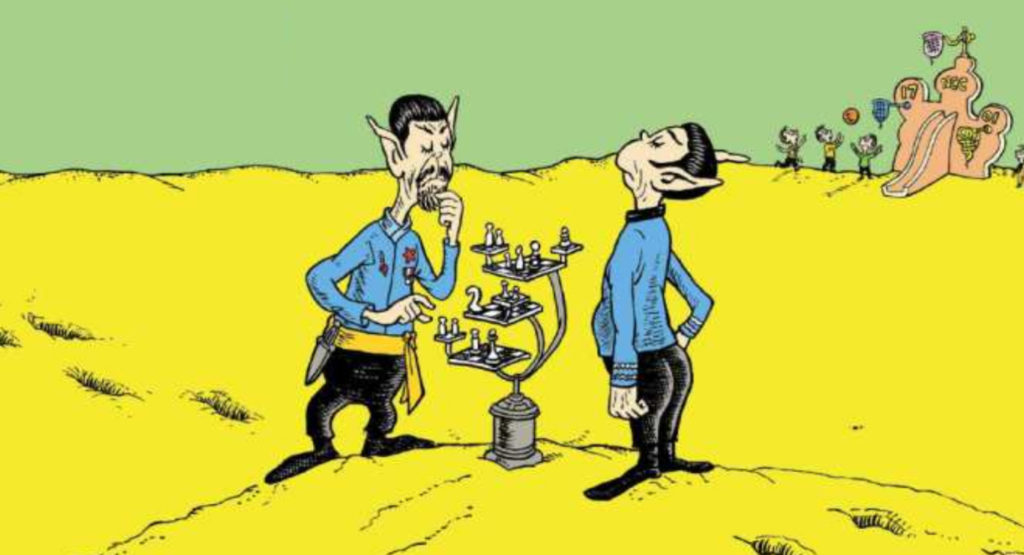
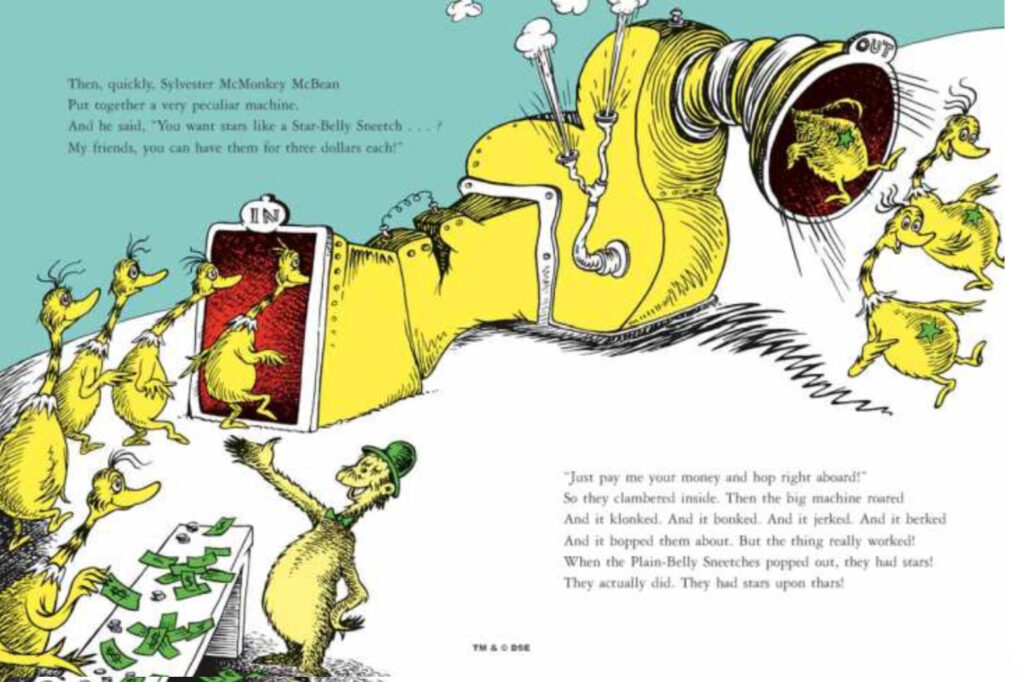
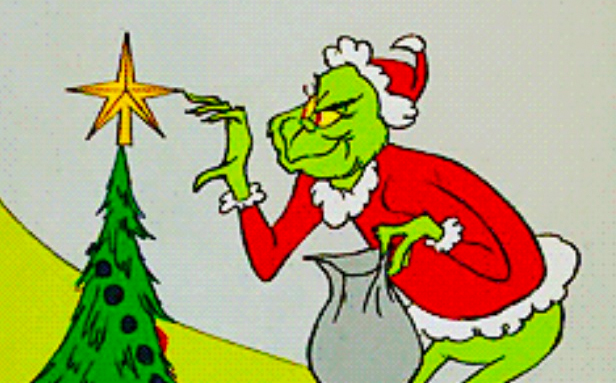
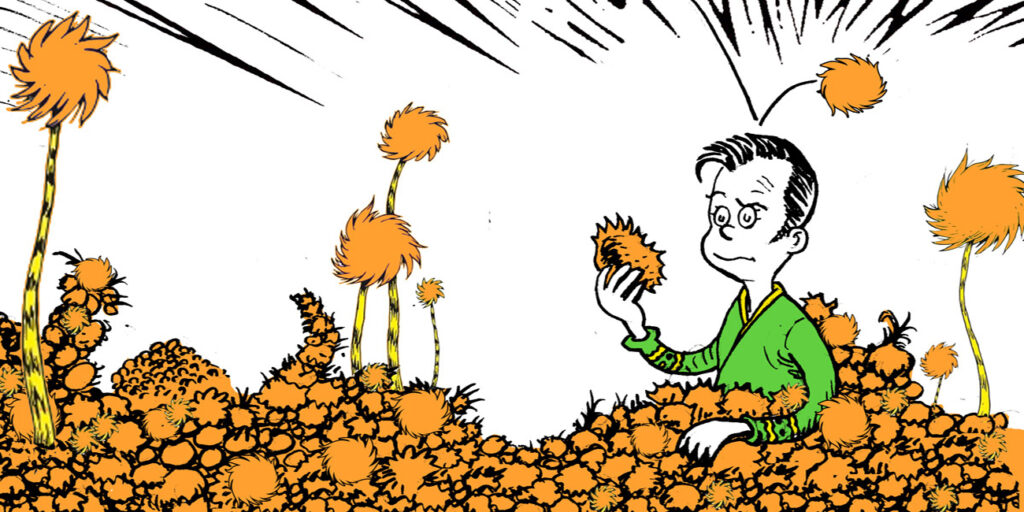
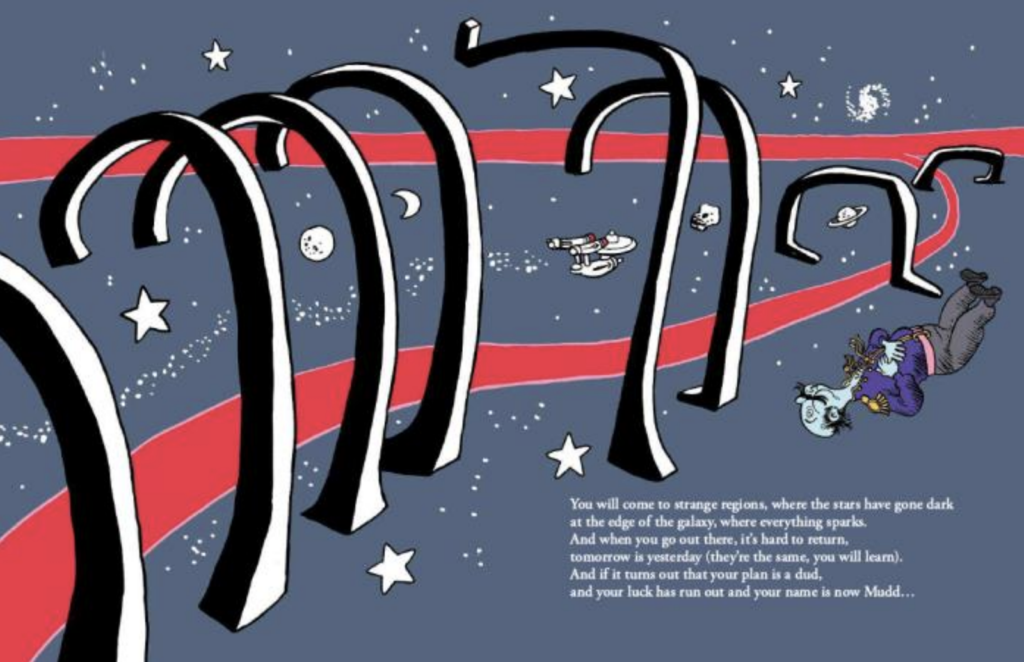
“you’ll likely find yourself in total agreement with whatever you are reading at that moment. ”
This is what I read a long time ago when I read a very short sufi teaching story about belief and human judgement. It went something like this: The wise fool Mullah Nasruddin once was a judge and heard a case. The first side made a strong plea and Nasruddin said “you’re right”. After the other party objected, he heard their arguments and afterwards said “you’re right”. A third party said “they can’t both be right” and Nasruddin said, of course, “you’re right”.
A moral or a lesson on how people make half-baked judgments can be extracted.
But the parallel of what you wrote is exact. The only thing I’ll add is, of course, “you’re right”.
You’re right, too. Everybody’s right! 🙂